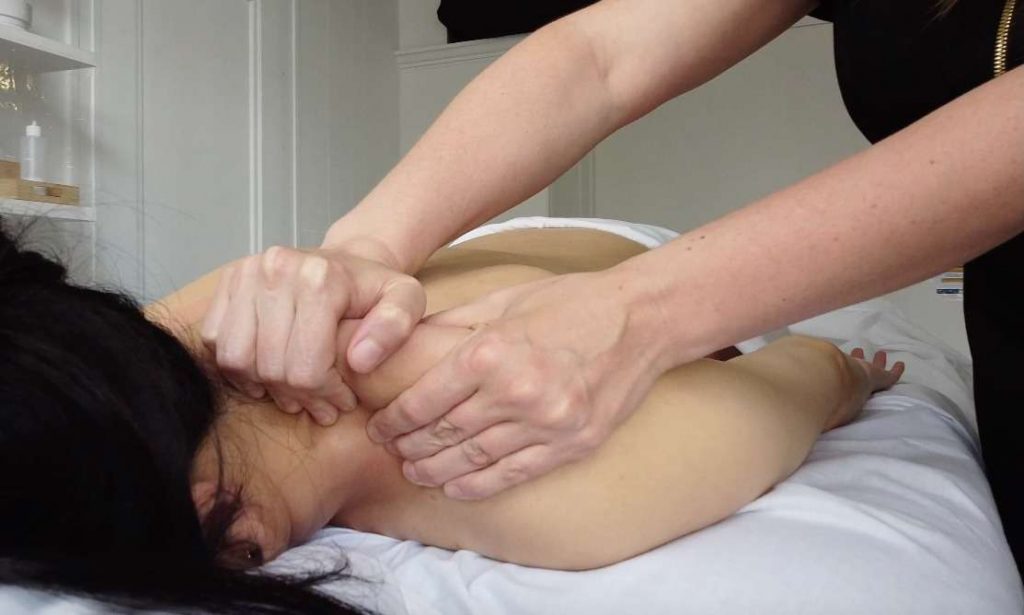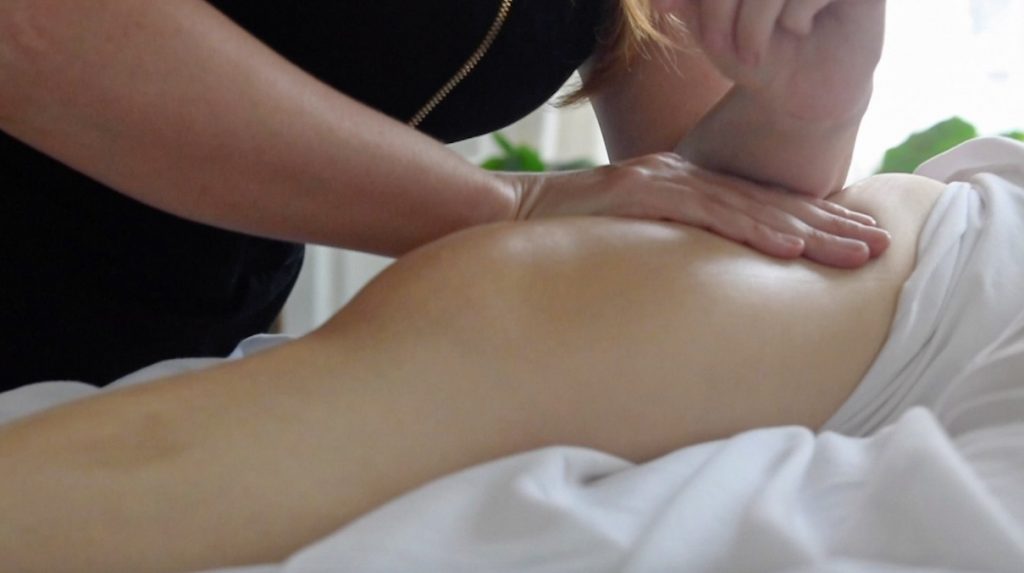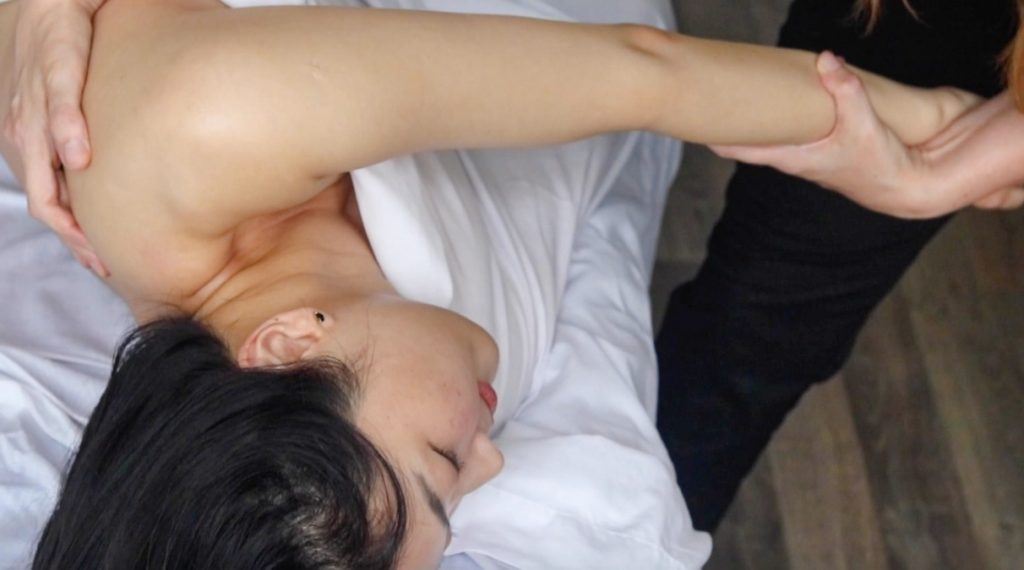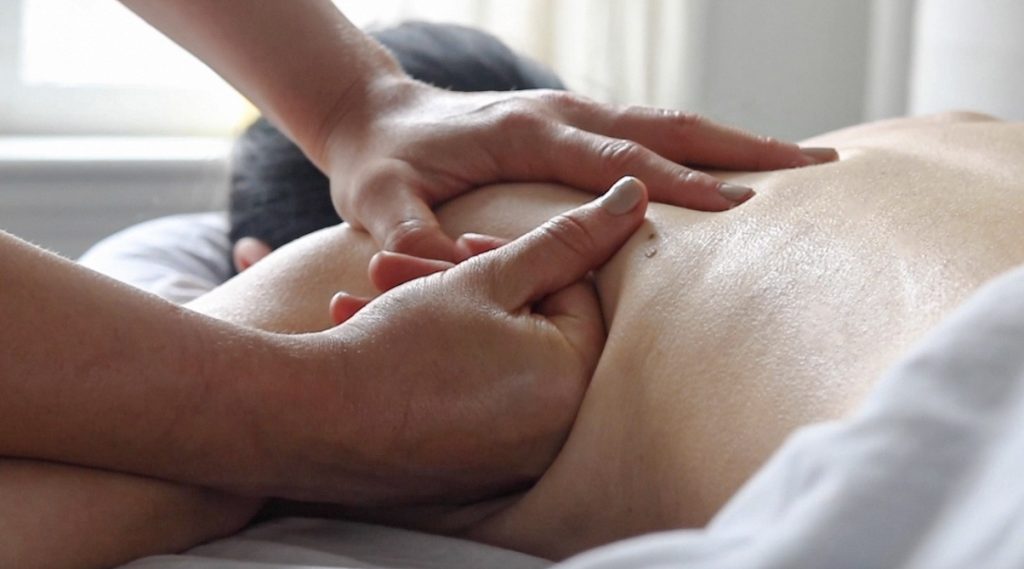If you’re among millions of people suffering from chronic pain every day, you know how debilitating and frustrating it can be. Traditional treatments like medication can help, but they don’t always provide complete relief or come with a variety of bad side-effects. That’s where myofascial release (MFR) therapy comes in. This type of massage therapy is an effective treatment for chronic pain, and it can provide relief when other treatments have failed.
From chronic pain to poor sleep, there are many things that can stand between you and feeling your best. If you’re looking for a drug-free way to reduce pain and improve your quality of life in Vancouver, myofascial release massage may be just what the doctor ordered—or, rather, what the massage therapist ordered!
What is Myofascial Release?
It is a specific type of soft tissue therapy that is used to treat various types of muscular pain. Based on the principle that the body’s web of connective tissues, or fascia, can become restricted and cause pain, myofasacial release massage uses a variety of techniques to release these trigger points and relieve you of pain.
In other words, when the layers of fascia become tight or restricted due to injury, inflammation, bad posture, or stress, it can cause pain all over the body and the problem is – you can’t localize it.
Enter – myofascial release therapy.

What Does a Myofascial Release Do?
This specific massage works by stretching and lengthening the fascia – a web of body’s connective tissues. It helps to release blockages and painful trigger points, which improves range of motion.
The pain you’re feeling is in trigger points, which are small knots of muscle fibers that have become tight and irritated. The trigger points can develop in response to injury, muscle overuse, or stress. Once they develop, they can cause pain and stiffness in the muscles, as well as problems with your range of motion.
Treatment for myofascial pain typically involves trigger point massage and release. The key is that the therapist doesn’t necessarily have to apply pressure to where you originally feel pain. This treatment works on a broad network of muscles causing you pain, so after it you can find an all-encompassing relief from your symptoms.
Is Myofascial Release Really Effective? The Tried and True Techniques
Myofascial release techniques may include both gentle and heavier hands-on pressure massage, normally without any oils. By applying gentle, sustained pressure to the myofascial layer, the myofascial therapist will stretch the fascia with slow, deep strokes, and at times with more pressure. This pressure works to loosen the restrictions in the tissue, rehydrate it, and improve circulation. Your registered massage therapist may use their hands, elbows, or forearms during the massage.
As one study review notes:
“The result of the studies was encouraging, particularly with the recently published studies. MFR (Myofascial Release) is emerging as a strategy with a solid evidence base and tremendous potential.”

How Do You Know If You Need Myofascial Release?
If you are living with chronic pain – and especially back pain – studies show myofascial release massage can be a promising and effective treatment for you. It is safe for most people, with only a few categories, such as people with certain medical conditions, and those taking blood thinners who should avoid it. If you’re in Vancouver, visit our top-rated massage studio with qualified registered massage therapists who’ll suggest the best treatment for your specific situation.
Benefits of Myofascial Release
You can witness many benefits of this specific kind of therapy, including:
- Relief from chronic pain
- Improved range of motion
- Reduced inflammation
- Improved circulation
- Increased joint mobility
- Reduced stress and anxiety levels
- Improved sleep quality
- Decreased tension headaches
- TMJ disorders and fibromyalgia help

What is the Difference Between Massage and Myofascial Release?
Myofascial release is a special type of massage treatment. Every MFR is a massage, but not vice versa.
What Does a Myofascial Release Feel Like?
You may feel discomfort during an MFR massage as the therapist applies pressure to the knots or trigger points in your muscles. However, this should not be painful. One of our highly-qualified registered massage therapists will work with you to ensure that you are comfortable throughout the session, as well as recommend a post-session plan so that you get the best out of your treatment. Here at Mountainview Movement, our approach to your health is holistic and we take care to listen to your individual needs for your optimal well-being.
Which Body Region Should Be Avoided During Myofascial Release Technique?
There are certain body regions that should be avoided during this type of massage. First, any body region where there is active inflammation or infection. Second, any body regions that are bruised or have sustained recent trauma. Third, any body regions that are fragile, such as the ribs. Fourth, any body regions that are very sensitive to touch, such as the face or neck, and any other that would cause you immense pain upon applying this technique.
If you have any questions about massage techniques or massage therapy in general and would like to experience a professional and holistic approach to your well-being, get in contact with us and we’ll pair you with an RMT that will suit your needs.

Myofascial Release Side Effects and Detox Symptoms
Overall, myofascial release is generally considered safe for most people, but it is always important to consult with your doctor and registered massage therapist before starting any new treatment regimen.
As with any type of massage, there are potential side effects and detox symptoms that may occur. These can include everything from soreness and light bruising to headaches and dizziness. It is important to drink plenty of water before and after these treatments to help flush toxins from the body and reduce the risk of side effects.
If you experience any sharp pain or discomfort during your massage, be sure to tell your therapist so they can adjust their technique to suit your specific needs.
From Aches to ZZZs: Myofascial Release Vancouver
Before you reach out to any painkillers, there are natural treatments that can help you be at your best. Myofascial release massage is an effective treatment for chronic pain that can provide you with relief when other treatments may have failed. If you’re in pain and you don’t know where to turn to, reach out to us for a massage appointment. We guarantee you’ll feel better in no time!
Thank you to our friends over at Lead Local for creating this content. They are a Local SEO Vancouver agency.

